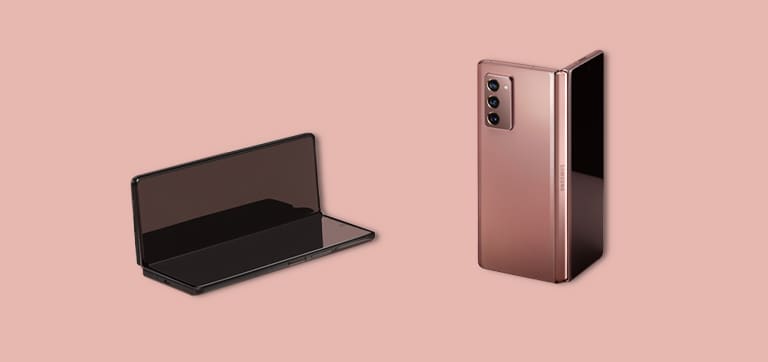
Finding A Great Smartphone Camera
I got the inspiration for this week’s blog post after having dinner with an old friend. Said friend was proudly telling me about the new smartphone and its camera specs. “30MP!” he said. “I am going to be a master photographer!” I smiled and agreed, but it got me thinking about smartphone cameras and what people know about them. Do they know what to look for? Do they know what “MP” and “f/2.8” means and how it affects image quality? In this blog post, we are going to take a look at the key components of a smartphone camera, so you know what these terms mean and how they affect image quality.
MegaPixels
One touted feature of a smartphone camera is megapixels (MP). A pixel represents one dot in an image, while megapixels refers to the number of pixels found in an image, for example, one 1MP stands for one million pixels.
A pixel’s job is to capture the data of an image relative to the light reflected from the object (the focus of the image). Therefore, megapixels play a role in resolution and clarity – the more megapixels there are, the easier it is to perform functions, like, image stretching and cropping. Images that are stretched to a larger size will maintain their clarity, which makes editing easier.
However, it’s important to note that MP is not the sole indicator of quality. It’s certainly not going to make you a master photographer because there are other elements at play. For example, If the sensor is bad, it leads to poor megapixels and poor image quality.
Aperture
When looking for a smartphone camera, you may have seen numbers like f/1.7 and f/22. These terms refer to the aperture, the hole in the camera where light travels into the sensor.
In digital photography, aperture affects the depth of field, which determines whether you can take those portrait shots with the blurry background or clear shots of both background and foreground.
The aperture rating determines the hole through which lights travels. Curiously, the smaller the number, the larger the hole and better the depth of field. For example, f/1.7 means a larger hole, and a better depth of field, compared to f/22. We are not sure why this is the case, but smartphone manufacturers often quote this number, so its best to be aware of what it means for the camera.
Zoom
When it comes to smartphones, there is an optical and digital zoom. Some of the more recent smartphones, like the OnePlus 7, now feature optical zoom, other smartphones claim to have both, while some only have digital zoom.
Optical zoom is when the lens physically zooms in and closes the distance between the camera and object. Optical zoom is fairly common in cameras but not in smartphone cameras where digital zoom was more prevalent. Digital zoom refers to software image processing where the zoom is digital and not through a lens.
The main difference between the optical and digital zoom is image quality. Optical zoom simply offers better image quality compared to digital zoom.
Optical Image Stabilisation
Ever tried to record a video with an older smartphone camera? It would have been shaky no matter how hard you tried to keep your hand still. Optical Image Stabilisation (OIS) consists of gyroscopes designed to counter the movement of the hand and create a more stable video or image.
Autofocus
Arguably the most important feature of a smartphone camera, the autofocus, determines the sharpness of an image. A high autofocus speed means sharp images, but slow autofocus leads to blurry images.
There are three types of autofocus technology: laser detection, phase detection and contrast detection. Most smartphones come with contrast detection.
In our experience, autofocus is the most important feature that determines image quality. Sadly, autofocus speeds are not easily found, so if you are interested in a smartphone, then you best test the autofocus speed before buying it.
Key takeaways
A smartphone camera is one of the important features customers, like my dinner friend, look at before buying a smartphone. Sadly, not everyone truly understands what the numbers behind the camera mean nor what effect they will have on image quality. Hopefully, after you read this blog, you will get a better understanding of what these terms mean and their effects on image quality.
What are other factors that affect image quality? Comment down below!
For more discussions on smartphone features, visit our blog.


